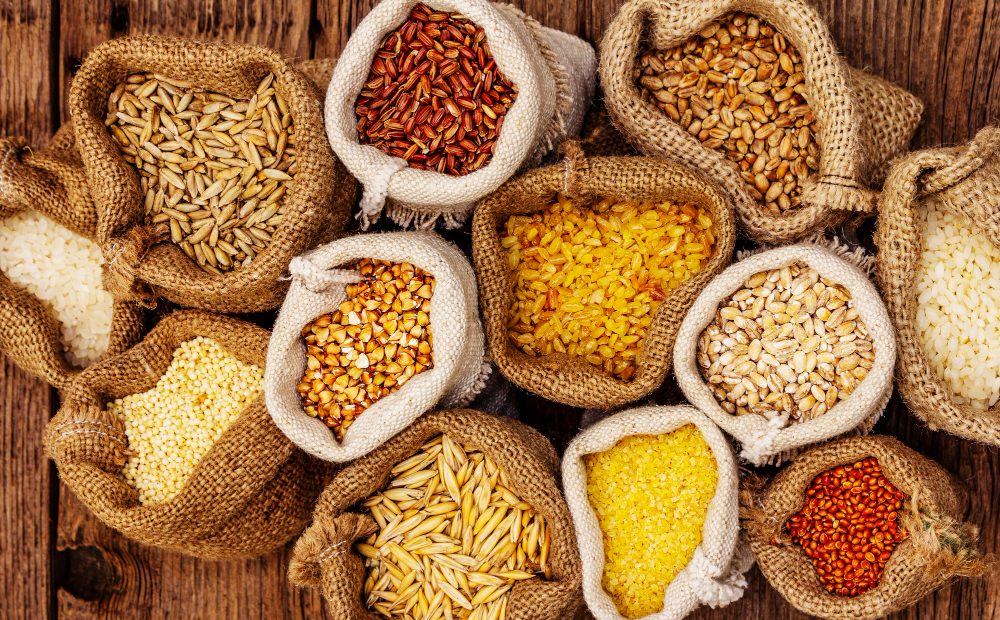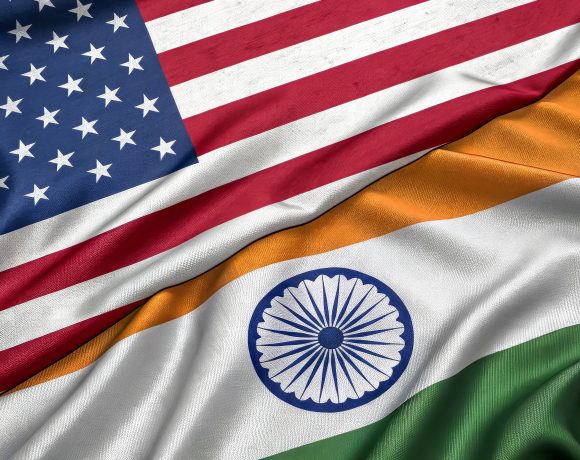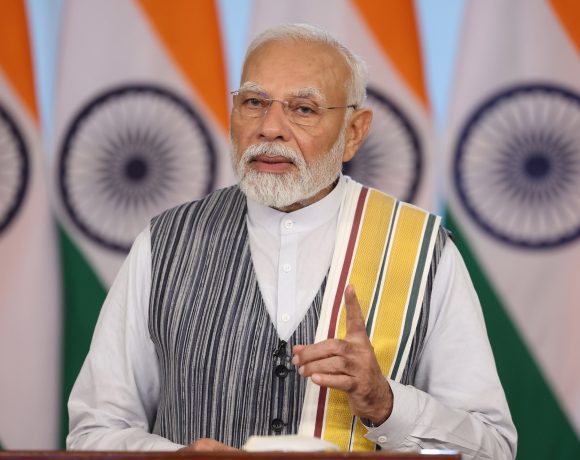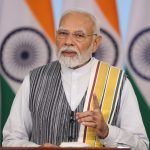
India Shields Grain Sector in U.S. Trade Talks, Validating BPN’s April Editorial
An April 11 editorial from Bharat Pulse News titled “The Hidden Harvest of Tariff Wars: How the U.S. Uses Trade to Push Its Crops, Not Cars” has proven to be remarkably accurate, as recent developments in India-U.S. trade negotiations confirm New Delhi’s firm stance on shielding its domestic agricultural sector, particularly grains and dairy, from foreign competition. The editorial had warned that the U.S. would attempt to use trade talks to open markets for its subsidized agricultural exports, and predicted that India would resist these demands to protect its farmers — a forecast now validated by the latest trade positions adopted by the Indian government.
India is currently in negotiations with the United States to finalize a bilateral trade arrangement ahead of a July 9 deadline, after which a proposed 26% “reciprocal tariff” on Indian goods could take effect. As part of these talks, India has reportedly offered “deep” tariff cuts on several non-sensitive imports from the U.S. in an effort to ease tensions and facilitate broader economic cooperation. However, it has categorically refused to lower duties on essential agricultural products such as wheat, rice, and dairy, citing national interest, food security, and farmer welfare.
This deliberate shielding of agricultural sectors matches exactly what the Bharat Pulse editorial cautioned against: that the U.S. would likely attempt to use trade deals not just for industrial goods but more aggressively to push its surplus crops, especially those backed by massive subsidies. India’s dairy sector, which supports over 80 million people, and its grain supply chain remain critical to the rural economy. Any concession in these areas, officials argue, could wreak havoc on rural incomes and food prices.
In a move echoing its recent trade agreements with the UK and Australia, India is offering concessions in industrial goods, energy, and items like almonds — while keeping the agricultural segments off the table. The government has emphasized that opening up the grain and dairy markets would expose local producers to unfair competition from U.S. agricultural giants, many of whom benefit from state support and economies of scale far beyond the reach of Indian farmers.
New Delhi is also using this opportunity to press for reduced U.S. tariffs on labor-intensive Indian exports such as textiles, leather, and gems, and is seeking exemptions for Indian professionals from social security payments while working in the U.S. These demands are part of a broader effort to balance trade concessions with tangible benefits for the Indian economy, without compromising on sensitive sectors.
The editorial’s foresight and sharp analysis of U.S. trade strategy now stand vindicated by real-world developments. As the negotiations advance, India’s uncompromising stance on agricultural protection underlines a wider recognition that global trade deals must not come at the expense of domestic livelihoods.


















